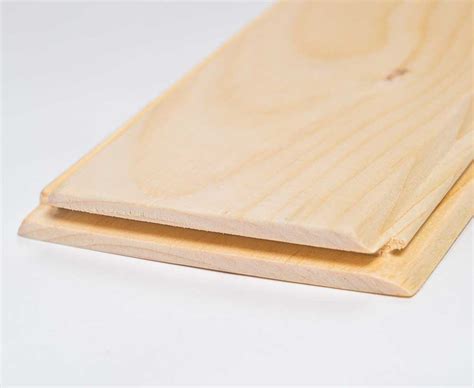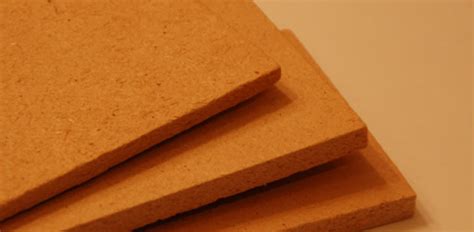What are Multi-Board Designs?
Multi-board designs involve separating a system into multiple interconnected PCBs. Each board focuses on a specific function or group of components, and the boards communicate with each other through connectors or cables. This modular approach allows for easier maintenance, upgrades, and troubleshooting.
Advantages of Multi-Board Designs
-
Modularity: Multi-board designs offer a high degree of modularity, allowing for easy replacement or upgrades of individual boards without affecting the entire system.
-
Simplified Design: By breaking down a complex system into smaller, function-specific boards, the design process becomes more manageable and less prone to errors.
-
Cost-Effective: For low-volume production or prototyping, multi-board designs can be more cost-effective as they require fewer layers and simpler manufacturing processes.
-
Flexibility: Multi-board designs provide flexibility in terms of board placement and orientation, making them suitable for applications with space constraints or unique form factors.
What are Multilayer Designs?
Multilayer designs involve stacking multiple conductive layers within a single PCB. These layers are separated by insulating materials and interconnected through vias (vertical interconnect access). Multilayer designs allow for higher component density, improved signal integrity, and better electromagnetic interference (EMI) shielding.
Advantages of Multilayer Designs
-
Compact Size: By stacking layers, multilayer designs enable higher component density and more compact board sizes compared to multi-board designs.
-
Improved Signal Integrity: Multilayer designs offer better signal integrity by reducing crosstalk and providing controlled impedance routing.
-
Enhanced EMI shielding: The additional layers in multilayer designs can be used for power and ground planes, providing better EMI shielding and reducing noise.
-
Reduced Interconnections: With fewer interconnections between boards, multilayer designs minimize the risk of connection failures and signal degradation.

Considerations for Choosing Between Multi-Board and Multilayer Designs
When deciding between multi-board and multilayer designs, several factors should be considered:
-
Complexity: Assess the complexity of your system and determine whether breaking it down into multiple boards or integrating it into a single multilayer board is more suitable.
-
Cost: Consider the production volume and cost implications. Multi-board designs may be more cost-effective for low-volume production, while multilayer designs can be more economical for high-volume production.
-
Size and Space Constraints: Evaluate the available space and form factor requirements. Multilayer designs offer more compact solutions, while multi-board designs provide flexibility in board placement.
-
Signal Integrity: If your design requires high-speed signals or sensitive analog circuits, multilayer designs may be preferred for their improved signal integrity and EMI shielding.
-
Maintenance and Upgrades: Consider the ease of maintenance and future upgrades. Multi-board designs allow for modular replacements and updates, while multilayer designs may require more extensive rework.

Comparing Multi-Board and Multilayer Designs
To better understand the differences between multi-board and multilayer designs, let’s compare their key characteristics:
| Characteristic | Multi-Board Designs | Multilayer Designs |
|---|---|---|
| Modularity | High | Low |
| Complexity | Simplified | Integrated |
| Cost | Cost-effective for low-volume | Cost-effective for high-volume |
| Size | Larger and more flexible | Compact and dense |
| Signal Integrity | Adequate | Improved |
| EMI Shielding | Limited | Enhanced |
| Maintenance | Easier | More challenging |

Real-World Examples
-
Smartphone Design: Smartphones often employ multilayer designs to achieve compact sizes and high component density. The multiple layers allow for the integration of various subsystems, such as the processor, memory, sensors, and RF modules, into a single board.
-
Modular Robotics: In modular robotic systems, multi-board designs are commonly used. Each module, such as the motor controller, sensor board, or power management unit, is designed as a separate board. This allows for easy replacement, customization, and reconfiguration of the robotic system.
-
Industrial Control Systems: Industrial control systems often utilize multi-board designs to distribute functions across multiple boards. For example, the main control board, input/output boards, and power supply boards can be designed as separate entities, facilitating maintenance and upgrades.
Frequently Asked Questions (FAQ)
-
Q: Can multi-board and multilayer designs be combined in a single system?
A: Yes, it is possible to combine multi-board and multilayer designs within a single system. Some boards may be designed as multilayer for compact size and signal integrity, while others may be designed as separate boards for modularity or specific functions. -
Q: How do I determine the number of layers needed in a multilayer design?
A: The number of layers in a multilayer design depends on factors such as the complexity of the circuit, the number of components, signal integrity requirements, and EMI shielding needs. It is common to have four, six, or eight layers in a multilayer design, but more layers can be added if necessary. -
Q: Are there any limitations to the number of boards in a multi-board design?
A: The number of boards in a multi-board design is not inherently limited. However, practical considerations such as space constraints, power distribution, and signal integrity should be taken into account. As the number of boards increases, the complexity of interconnections and the overall system integration also increases. -
Q: How does the choice between multi-board and multilayer designs affect the manufacturing process?
A: Multi-board designs typically require simpler manufacturing processes compared to multilayer designs. Each board can be manufactured separately and then assembled together. Multilayer designs, on the other hand, involve the lamination of multiple layers and require more precise alignment and drilling processes. -
Q: Can multilayer designs be used for high-frequency applications?
A: Yes, multilayer designs are well-suited for high-frequency applications. The controlled impedance routing and the ability to use dedicated layers for power and ground planes help maintain signal integrity and reduce electromagnetic interference (EMI) in high-frequency circuits.
Conclusion
Choosing between multi-board and multilayer designs requires careful consideration of factors such as complexity, cost, size, signal integrity, and maintenance requirements. Multi-board designs offer modularity, simplified design, and flexibility, making them suitable for low-volume production and applications with unique form factors. Multilayer designs, on the other hand, provide compact size, improved signal integrity, enhanced EMI shielding, and reduced interconnections, making them ideal for high-volume production and designs with stringent performance requirements.
By understanding the differences and advantages of each approach, engineers can make informed decisions when designing their electronic systems. Whether opting for a multi-board or multilayer design, the goal is to create a reliable, efficient, and cost-effective solution that meets the specific needs of the application.
As technology advances and design requirements evolve, the choice between multi-board and multilayer designs will continue to play a crucial role in shaping the future of electronics. By staying informed and adapting to new challenges, engineers can push the boundaries of what is possible and create innovative solutions that drive the industry forward.

No responses yet